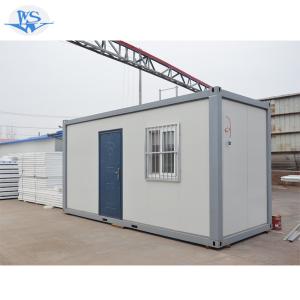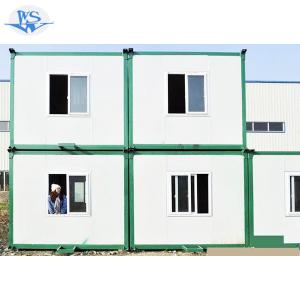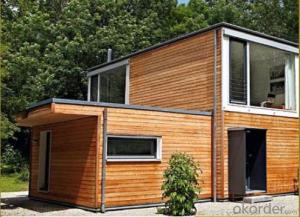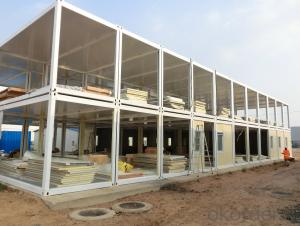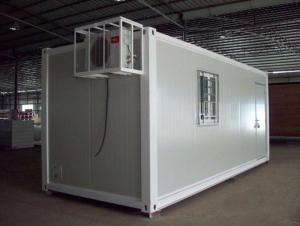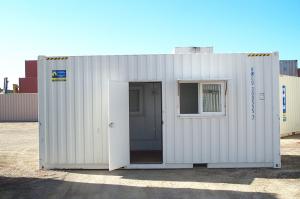low cost prefabricated house prices
- Loading Port:
- Tianjin
- Payment Terms:
- TT OR LC
- Min Order Qty:
- -
- Supply Capability:
- 1000 pc/month
OKorder Service Pledge
OKorder Financial Service
You Might Also Like
CNBM PRODUCTION BASE
Container House

Specification ofcontainer
Size | 5950*2310*2650 |
Roof | Outer color plate+50mm glass wool insulation+ steel frame+ colorful steel ceiling |
Wall panel | 75mm EPS or rock wool composite panels |
Floor | Steel frame+15mm wood vinyl sheet+50mm glass wool insulation+ Color plates waterproof floor |
Door | Special steel doors, security locks, 800*2100mm |
Window | PVC sliding window, with screen window, 960*1000mm |
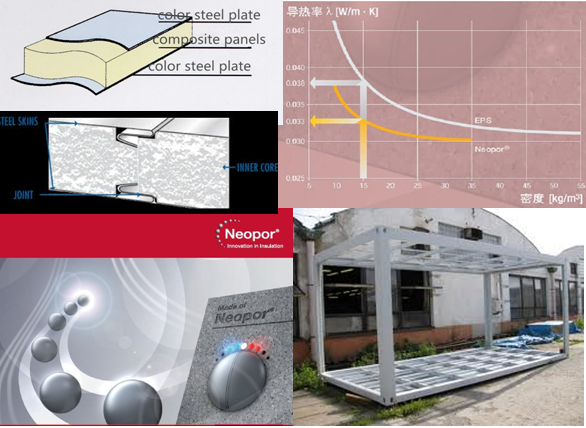
Layout of Container
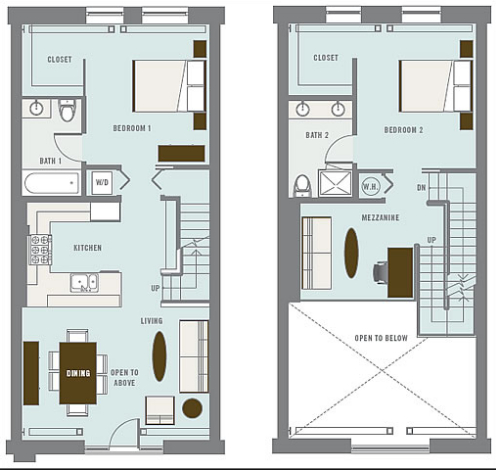
Packing thecontainer
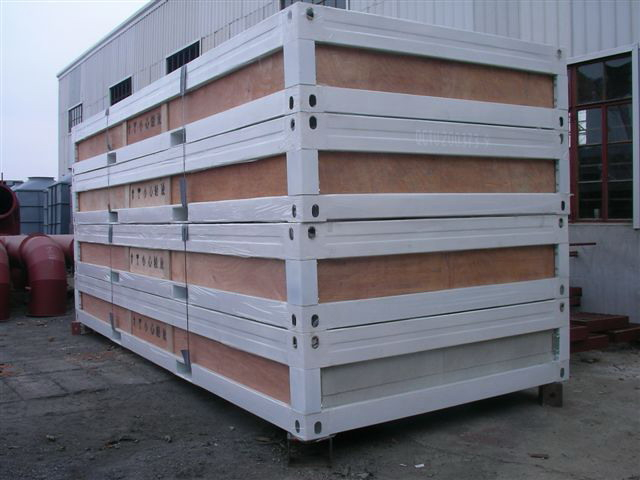
Assembly Process:
Easyto be Assemble and disassemble. Four workers can complete one unit in half day
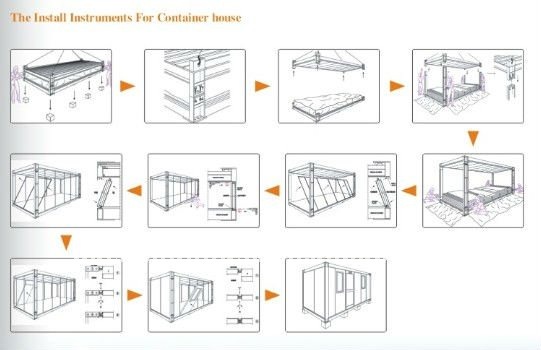
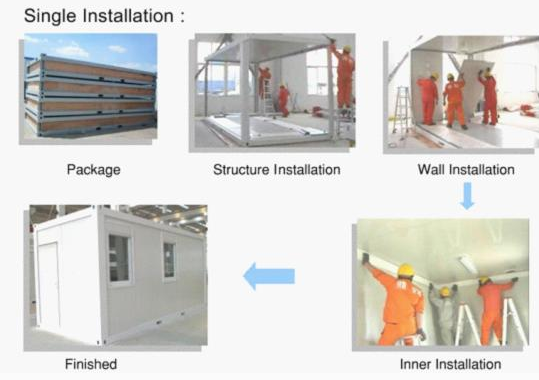
Packing and Transportation:
From our factory to overseas client, there are two ways todelivery the houses. If your port can accept SOC (Shipper’s Owned Container), 4standard cabins can be packed as a 20ft container and shipped naked. If cannot,7standard cabins can be loaded into one 40ft HC.
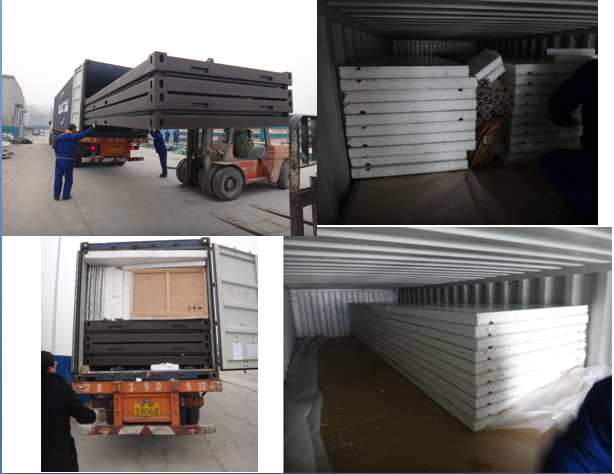
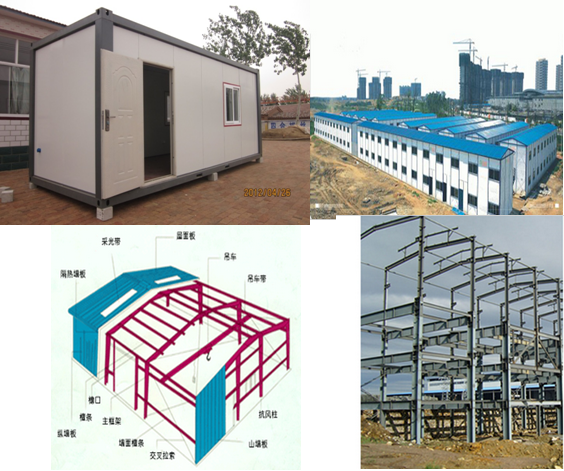
Why choose us
Different types ofhouse we can supply
Our factory
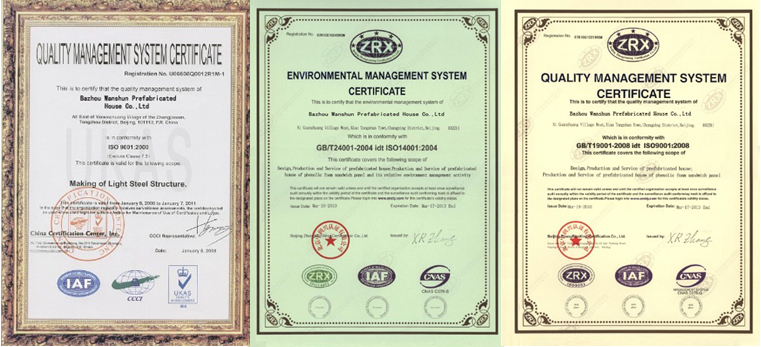
Our team or clients
- Q:Are container houses suitable for artists' studios?
- Yes, container houses can be suitable for artists' studios. They provide a unique, customizable and affordable space, allowing artists to unleash their creativity. Container houses offer versatile layouts, ample natural light, and can be easily modified to meet specific artistic needs. Additionally, their sustainable nature aligns well with artists' focus on environmental responsibility.
- Q:Can container houses be designed for communal living?
- Certainly, container houses can be specifically tailored for communal living. These innovative dwellings have gained popularity as a viable alternative to traditional housing options, thanks to their cost-effectiveness, eco-friendliness, and adaptability. Their modular structure enables easy customization and adjustment to different living arrangements, including communal living setups. By connecting multiple containers or stacking them vertically, container houses can be transformed to accommodate multiple families or individuals. This allows for the creation of shared spaces like communal kitchens, dining areas, living rooms, and recreational facilities. Through the utilization of open floor plans and the maximization of natural light, container houses can create warm and spacious environments conducive to communal living. Moreover, container houses can offer all the necessary amenities and facilities required for communal living. These can include shared bathrooms, laundry rooms, storage spaces, and outdoor communal areas. With the implementation of proper insulation, climate control, and soundproofing measures, container houses can provide a pleasant and functional living experience for those sharing the space. Furthermore, container houses can be designed with a focus on sustainability, integrating eco-friendly features such as rainwater harvesting systems, solar panels, and energy-efficient appliances. This adds to the appeal of container houses for communal living, as it encourages a sustainable and environmentally conscious way of life. In conclusion, container houses are highly versatile and can be effectively designed to meet the needs of communal living. Their modular composition, affordability, and sustainability make them an appealing choice for individuals or groups seeking an alternative housing solution that fosters shared living experiences.
- Q:How do container houses handle natural light?
- Container houses handle natural light through the strategic placement of windows and openings in the walls of the containers. This allows for sufficient sunlight to enter the space, creating a bright and well-lit environment.
- Q:What are the disadvantages of living in a container house?
- Living in a container house has its fair share of drawbacks. One primary disadvantage is the limited space within the container. Originally designed for shipping, containers are typically small and cramped, posing a challenge for individuals or families in need of more living area. This can make furniture arrangement and storage difficult, requiring creative use of available space. Furthermore, container houses may lack proper insulation, resulting in extreme temperatures indoors. In hot summer months, the containers can become unbearably hot, necessitating additional cooling systems. Conversely, during colder seasons, the lack of insulation makes it challenging to maintain a comfortable indoor temperature, requiring extra heating sources. Another drawback is the limited natural light that enters the container. Small windows make the space feel dark and gloomy. This lack of natural light can negatively affect mood and productivity, often requiring artificial lighting throughout the day. Privacy can also be a concern in container houses. Due to their design, containers offer limited soundproofing capabilities, allowing noise from outside or neighboring containers to easily penetrate the living space. This lack of privacy can be a significant drawback for those who value a peaceful living environment. Moreover, obtaining permits and meeting building regulations can be a more arduous task for container houses. Areas often have strict zoning laws and building codes that may not align easily with container housing. This can lead to a longer and more complex process to gain necessary approvals, potentially resulting in delays and higher costs. Lastly, the resale value of container houses may be lower compared to traditional houses. As container houses are still relatively new and unconventional, there may be less demand from potential buyers. This can make it challenging to recoup the initial investment or make a profit if the property is sold in the future. In conclusion, container houses offer unique and environmentally friendly living options, but they come with their fair share of drawbacks, including limited space, insulation issues, lack of natural light, privacy concerns, challenges in obtaining permits, and potentially lower resale value. It is crucial to carefully consider these disadvantages before deciding to live in a container house.
- Q:Can container houses be designed with a fireplace or wood-burning stove?
- Yes, container houses can be designed with a fireplace or wood-burning stove. While the design and installation process may require some modifications to ensure safety and proper ventilation, it is entirely possible to incorporate a fireplace or wood-burning stove into a container house. Additionally, the use of these traditional heating options can add warmth and a cozy ambiance to the living space, making it feel more like a conventional home. However, it is crucial to consult with professionals experienced in container house design and construction to ensure that all necessary precautions are taken to maintain safety standards and minimize any potential risks.
- Q:Are container houses suitable for community centers or gathering spaces?
- Yes, container houses can be suitable for community centers or gathering spaces. Container houses have gained popularity in recent years due to their affordability, sustainability, and versatility. These attributes make them a great option for community centers or gathering spaces. One of the main advantages of container houses is their affordability. Building a community center or gathering space can be a costly endeavor, especially when traditional construction methods are used. However, using repurposed shipping containers significantly reduces the construction cost, making it more feasible for community organizations or local governments with limited budgets. Additionally, container houses are highly sustainable. By repurposing shipping containers, we reduce the demand for new construction materials, minimizing the environmental impact. Furthermore, container houses can be easily modified and relocated, making them a flexible option for community centers. When the needs of the community change, the container house can be adapted or moved to a different location, ensuring its long-term usefulness. Container houses also offer a wide range of design possibilities. With a little creativity, shipping containers can be transformed into attractive and functional spaces. They can be customized to include various amenities like meeting rooms, classrooms, kitchens, or recreational areas. The modular nature of container houses allows for easy expansion or downsizing, depending on the needs of the community. Lastly, container houses can foster a sense of community. Their unique and unconventional design can become a point of interest and conversation, encouraging community members to engage and connect with one another. By providing a space for various activities and events, container houses can promote social cohesion and strengthen community bonds. In conclusion, container houses are indeed suitable for community centers or gathering spaces. Their affordability, sustainability, versatility, and potential for community building make them an attractive option for organizations or governments seeking to create dynamic and inclusive spaces for their communities.
- Q:Are container houses resistant to termites?
- Container houses are generally resistant to termites due to the materials they are made of. Most container houses are constructed using steel shipping containers, which are not susceptible to termite damage. Steel is an inorganic material that termites are unable to consume or damage. However, it is important to note that while the containers themselves may be termite-resistant, the foundation and other wooden elements used in the construction of a container house can still be vulnerable to termite infestations. It is crucial to ensure that proper termite prevention measures are taken during the construction of the foundation and any additional wooden components to maintain the overall termite resistance of the container house. Regular inspections and treatments by professionals can help to ensure that any potential termite issues are identified and addressed promptly.
- Q:Can container houses be financed through a mortgage?
- Yes, container houses can be financed through a mortgage. Many mortgage lenders are willing to provide financing for container houses as they are becoming increasingly popular in the housing market. However, it is important to note that the availability of mortgage financing for container houses may vary depending on the lender and the specific circumstances of the borrower. Factors such as the quality of construction, location, and value of the property may also be considered by the lender before approving a mortgage for a container house. It is recommended to consult with multiple lenders and explore different mortgage options to find the best financing solution for a container house.
- Q:How is the container housing made and installed?
- Buy finished product box restructuring, that is, in the box on the hole installed on the doors and windows
- Q:Are container houses suitable for remote work or telecommuting?
- Yes, container houses can be suitable for remote work or telecommuting. These houses are designed to be portable and customizable, making them adaptable to different environments. With the right amenities and technology, container houses can provide a comfortable and functional workspace for remote workers. Additionally, their affordability and sustainability make them an attractive option for individuals seeking a remote work setup in remote or off-grid locations.
1. Manufacturer Overview |
|
|---|---|
| Location | |
| Year Established | |
| Annual Output Value | |
| Main Markets | |
| Company Certifications | |
2. Manufacturer Certificates |
|
|---|---|
| a) Certification Name | |
| Range | |
| Reference | |
| Validity Period | |
3. Manufacturer Capability |
|
|---|---|
| a)Trade Capacity | |
| Nearest Port | |
| Export Percentage | |
| No.of Employees in Trade Department | |
| Language Spoken: | |
| b)Factory Information | |
| Factory Size: | |
| No. of Production Lines | |
| Contract Manufacturing | |
| Product Price Range | |
Send your message to us
low cost prefabricated house prices
- Loading Port:
- Tianjin
- Payment Terms:
- TT OR LC
- Min Order Qty:
- -
- Supply Capability:
- 1000 pc/month
OKorder Service Pledge
OKorder Financial Service
Similar products
New products
Hot products
Hot Searches
Related keywords
